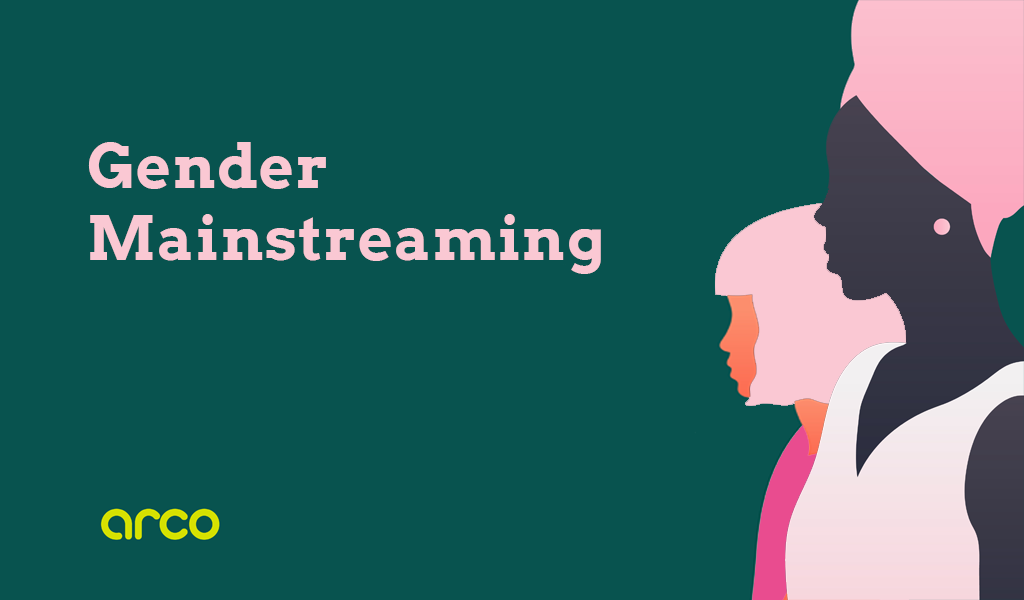When developing an evaluation strategy for a project or programme, regardless of the sector of intervention and the specific topics addressed, it is essential to ensure that phenomena are read through an inclusive “lens”. Indeed, such an approach, which is also increasingly promoted by international development organisations (OECD DAC, 2019), makes it possible to distinguish the differential effects of interventions on the basis of cross-cutting criteria such as gender, disability, ethnicity or other vulnerabilities.
Among these cross-cutting criteria, gender is becoming increasingly important, insofar the concept of gender mainstreaming now applies to all stages of intervention: design, implementation and evaluation.
How to integrate gender mainstreaming in evaluation strategies?
Gender-mainstreaming in evaluations means designing the evaluation strategy so to promote gender equality at all stages: from the definition of output and result indicators, to the preparation of data collection tools and the sampling of beneficiaries.
Thus, gender mainstreaming in evaluations is not only about understanding what happens to women as a result of their participation in a project, but how the intervention in question contributes to gender equality more generally, applying what is called a transformative approach.
